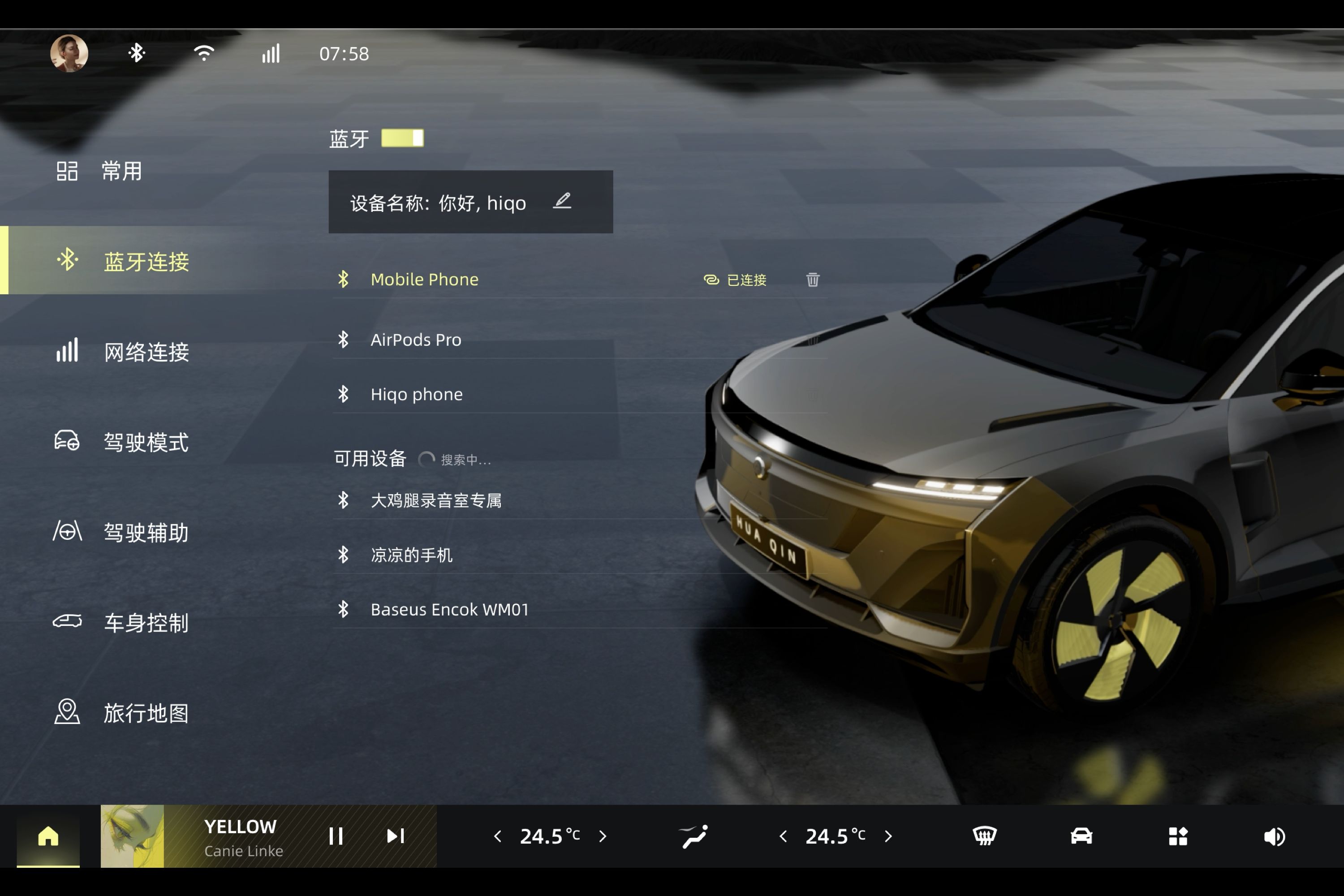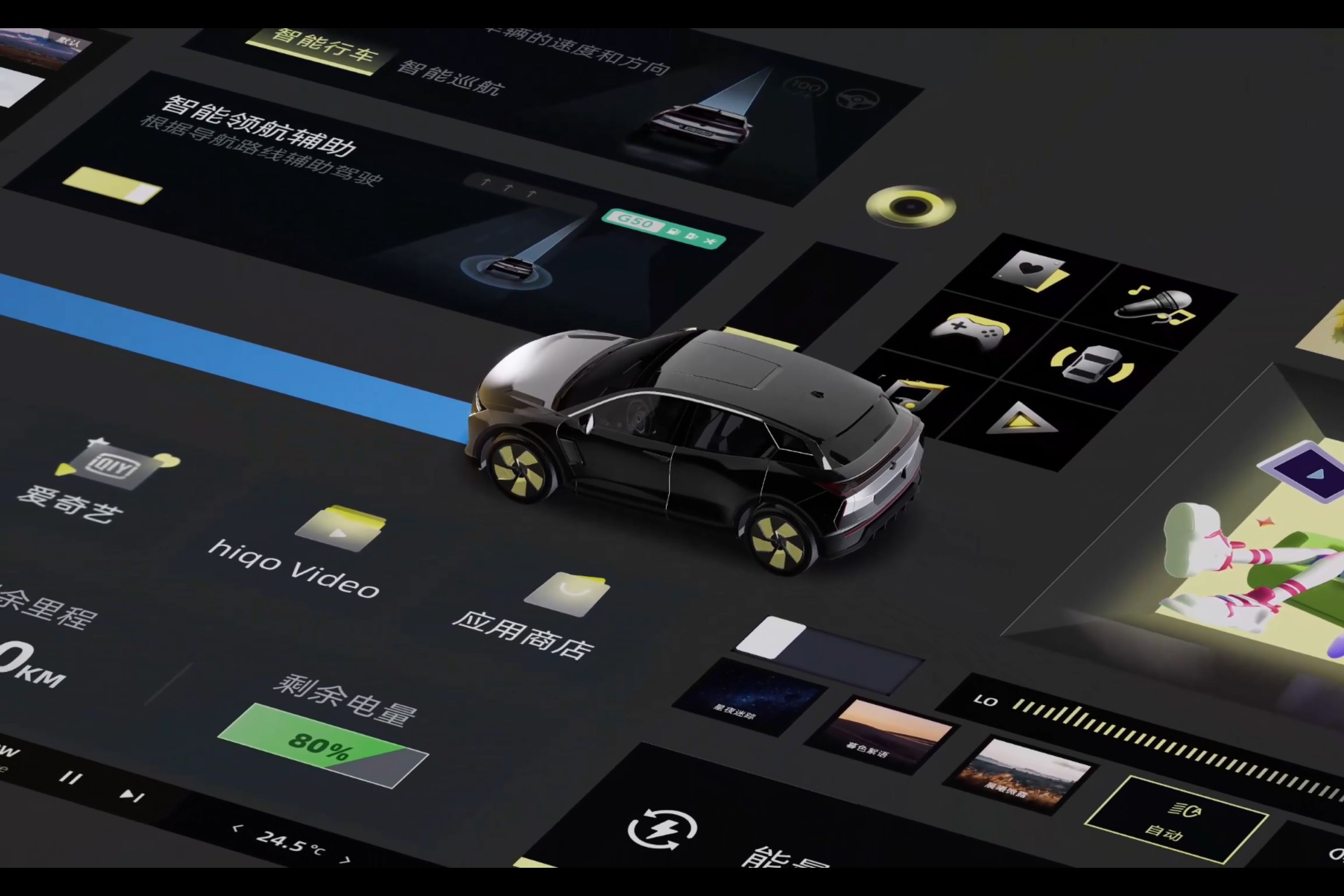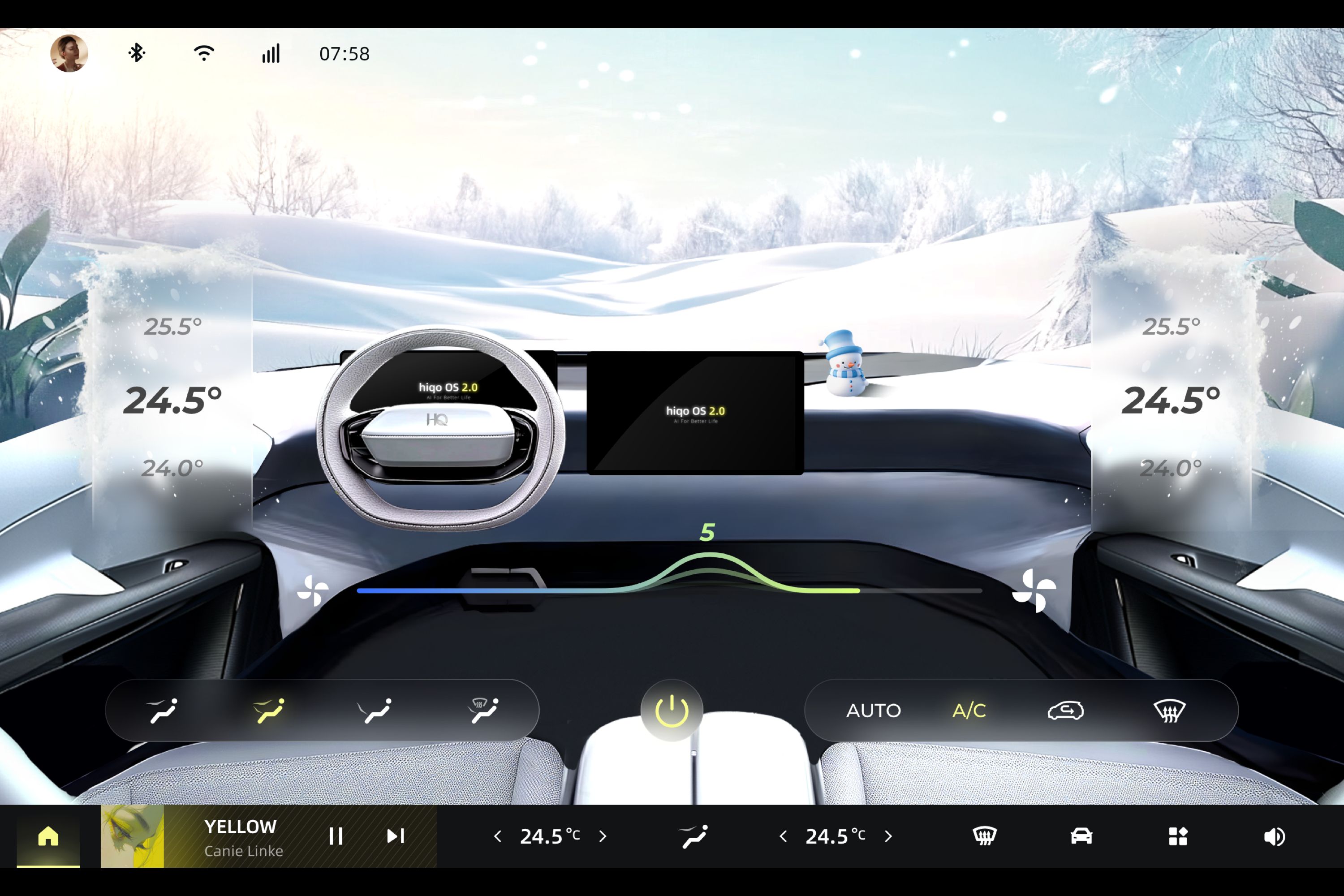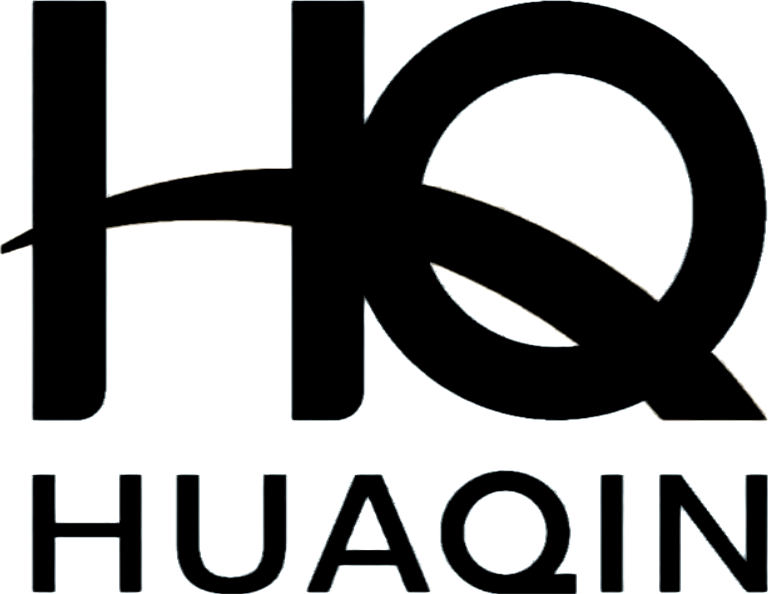
Designers
Cancan Zhao, Zexin Sun, Wei Zhao, Kangyi Wang, Chenda Duan, Yi Wang
Year
2025
Category
Product
Country
China
Design Studio / Department
UED
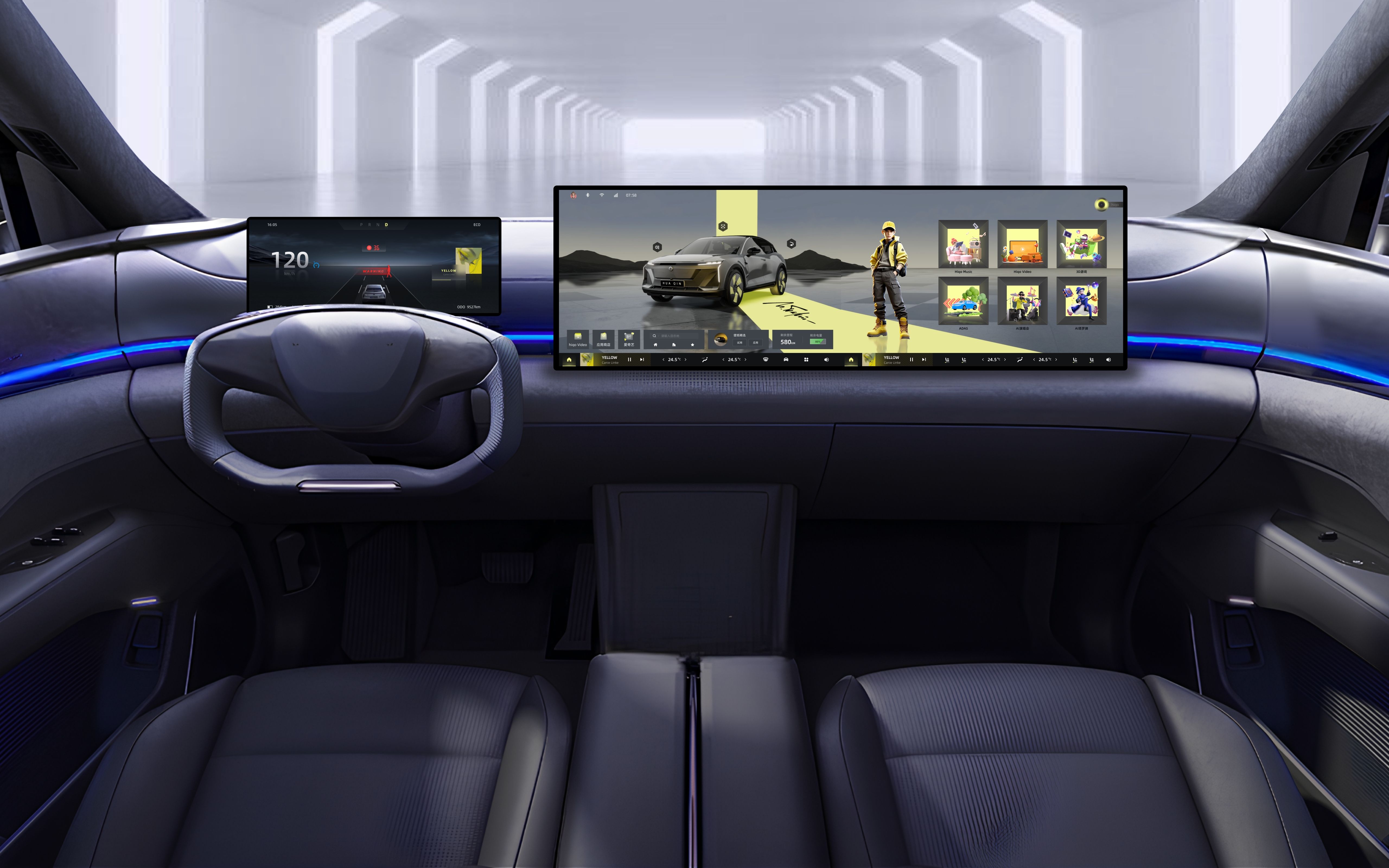
Three questions to the project team
What was the particular challenge of the project from a UX point of view?
Users use low-end models priced at 50,000 to 80,000 yuan, with limited hardware configuration, but face pain points such as 'easy fatigue during long-distance driving, insufficient intelligent experience, and lack of entertainment functions'. The network environment in poor areas is weak, and offline function adaptation needs to be considered; users drive more than 100 kilometers per day on average, and interface design is needed to relieve fatigue and improve the safety of one-handed blind operation. At the same time, it is necessary to achieve a dual improvement in visual effects and interactive experience at a low cost, and strike a balance between hardware limitations and users' needs for intelligent and emotional experience.
What was your personal highlight in the development process? Was there an aha!-moment, was there a low point?
The happiest moment was when I saw that in user testing, after the interface operation steps were compressed from 4 to 2, the accuracy of blind operation with one hand exceeded 90%.Some drivers said, 'I don't have to lower my head to operate the air conditioner blindly when driving on mountain roads.' The moment of enlightenment occurred when resolving the contradiction between hardware and vision. Traditional solutions are costly and cannot be adapted to low-end cars. Later, we adopted the 'cloud entertainment + local control' architecture, putting heavy computing power in the cloud and keeping core functions locally. In 3 months, we overcame the delay problem, reduced costs by 30%, and improved vision by 85%, balancing cost and experience.
Where do you see yourself and the project in the next five years?
Huaqin will continue to explore user scenarios in poverty-stricken areas and promote the implementation of 'artistic interaction + health care' technology. The project will cover more 60,000-80,000 models, and improve the ecosystem by connecting to county-level auto repair, agricultural e-commerce and other resources. It is expected that 30% of low-end car users will enjoy smart car machine services within 5 years. It is hoped that the industry will pay attention to the sinking market, and turn car machines from driving tools into 'mobile spaces' that protect users' health. At the same time, green technology will be used to reduce carbon emissions and achieve the unity of social value and commercial value.
